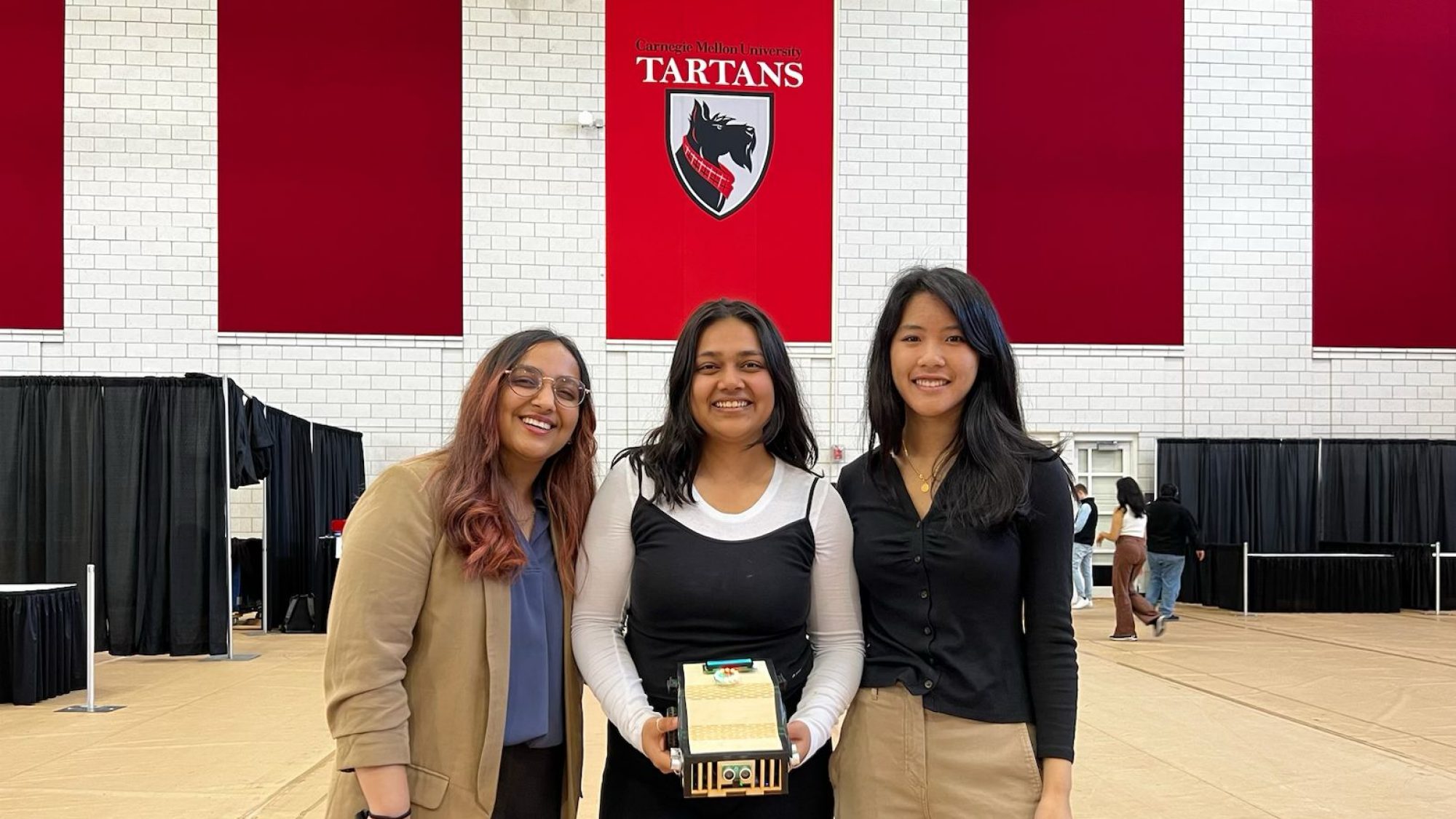This week, my focus was on devising an alternative for network communications. I devoted time to research alternatives for communication using Serial and I2C protocols. I also helped debug and experiment with the gradient methodology for best line fit that Aditti had written up.
Investigating the I2C protocol was hopeful, where I tried to encode the Arduino as a slave that would send sensor data as it received it to the NodeMCU (Master). The NodeMCU can receive sensor readings as they update, but it is slower as the max speed is 400kbps over I2C. Moreover, the Wi-Fi communication would need a channel opened to listen for all client requests to pull data in, which prevents the I2C from readings updated readings at the same time. The other alternative would be to utilize the NodeMCU’s local memory to store our classification model, but with the slow speed of this protocol, it wasn’t the best fit for our high-speed control loop.
Investigating serial communication also led to issues where the updated values being sent from the Arduino were not showing up on the NodeMCU, although it is a much faster approach to receiving data. I am currently working on two approaches to debugging this. Since we are waiting for the MEGA to come in, I am working on setting up a TinyML embedded pipeline for the dataset generation we have completed. The C file can then be included as a separate file on our Mega, which can allow our project to hopefully work without communication lags and issues we are currently facing. The other alternative is to look more into serial communication and make that work with the model hosted locally on the NodeMCU. We are also meeting to work on our pitch for the interim demo, which I will contribute toward in devising materials and scripts.
